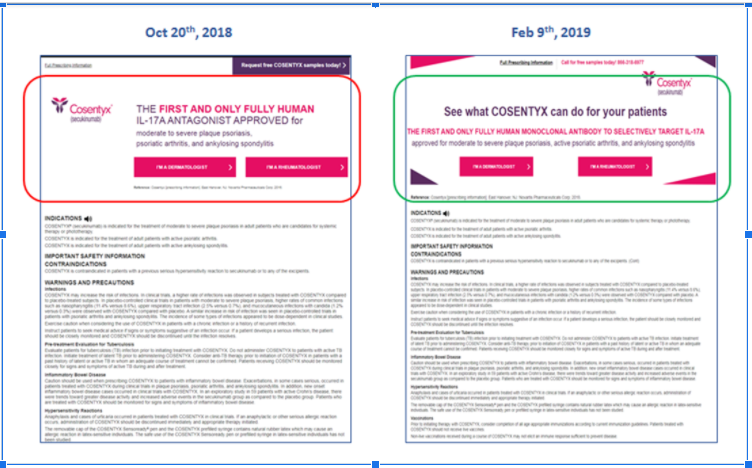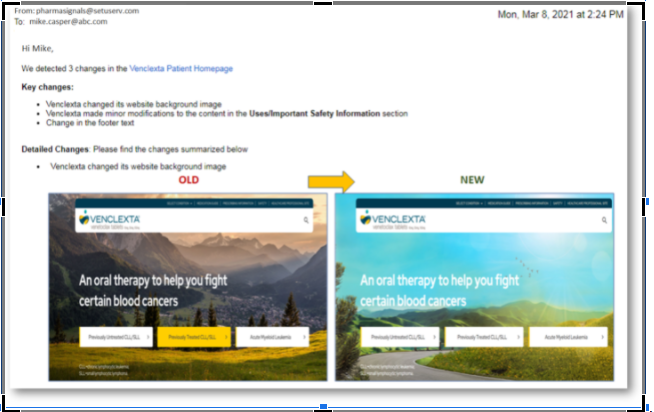As patients and physicians use pharma drugs, they share their experiences and challenges in social media and discussion forums. For example, they share how well a drug is working for them, post questions on how to handle side effects, and seek answers on payer coverage. These discussions are a rich source to understand unmet needs of patients and physicians.
However, the patient and physician posts are dispersed across a variety of discussion boards, Twitter and other social media sites. These posts need to be aggregated across all such sources. Posts containing unmet needs need to be segregated from the rest of the posts, and detailed discussion topics need to be mined from such posts.
Once unmet needs are identified, Pharma companies can act on them to improve the patient and physician experience. Below are 3 examples of how Pharma can act on the unmet needs mined from social conversations.
- Content strategy for drug websites
Pharma is a heavily regulated industry. Prior to publishing any new content on the drug websites, compliance, ethics and legal teams review it to ensure that the content adheres to what the drug is approved for. Such a review process elongates the timeline and the effort required to develop new content. As a result, pharma brands need to be selective about the content they are developing, and make sure that the content will be helpful to patients and physicians.
Unmet needs and recurring questions discovered from physician and patient discussions can form a basis for creating relevant content on websites. As shown in the following example, a common question typically asked for most drugs is how CBD oil interacts with drugs.
Creating and adding relevant content to the drug’s website would help the patients and physicians get answers to their key questions.
- Work with payers to address coverage & pricing issues
Patient conversations often contain the issues they are facing in getting the drugs covered by payers. Mining the conversations for such insights can help identify the payers and geographies where patients are facing such issues. Following patient post is an example of how a patient could not be covered for getting treatment using Revlimid.
Using above mentioned posts, pharma companies identify the payer coverage gaps, and work with payers to cover their drugs. Additionally, Pharma companies can communicate how patients can get support related to payer coverage and post FAQs on the drug’s websites. This helps patients get access to the key drugs they need for their treatment.
- Field force training
Patient and physician discussions can uncover key questions asked by patients and physicians, and other challenges such as drug availability and pricing. Sizing these discussion topics help prioritize the key issues that field reps can be trained on. Such training on key issues empowers Reps to inform physicians on how to address key challenges.
The following example illustrates a common side effect that patients taking Imbruvica experience.
Continuously finding updating the list of frequently asked questions and training Reps on them would better equip the field force when they face the same questions from physicians.
As illustrated in above examples, patients and physician conversations contain a rich trove of unmet needs. PharmaSignals platform uses AI to uncover such unmet needs.




